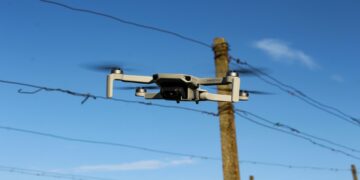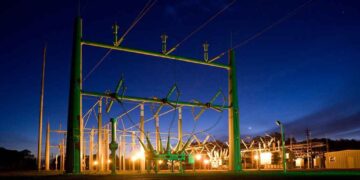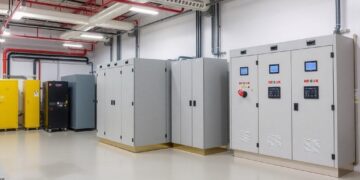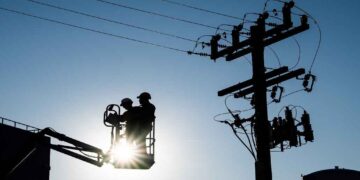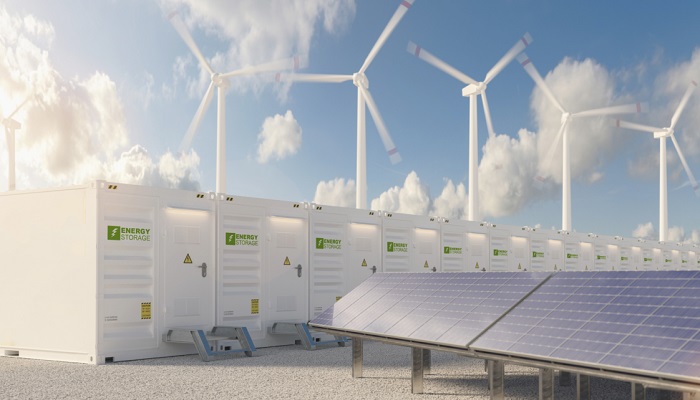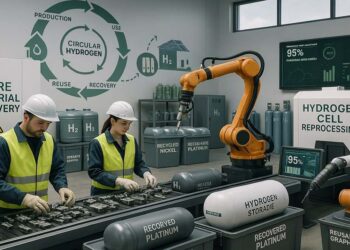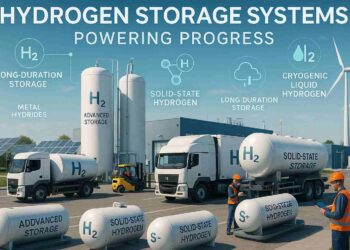The electric grid’s capacity to accommodate the anticipated surge of electric vehicles (EVs) raises a crucial question: Can the grid effectively handle the charging demands of the growing number of EVs entering the market? Addressing this challenge necessitates substantial infrastructure upgrades and the integration of smart grid technologies. While existing systems can manage the initial phases of the EV revolution, the expected widespread adoption of EVs will require modernizing the grid. This entails enhancing transmission lines, implementing advanced energy storage solutions, and adopting intelligent demand response strategies. As the EV revolution advances, a multifaceted approach becomes imperative to ensure the grid’s resilience and reliability.
InductEV, a technology company specializing in EV charging, plays a pivotal role in grid modernization. They have successfully deployed wireless EV charging solutions globally, with a focus on high-power wireless EV charging for zero-emission vehicles like electric buses and drayage trucks. InductEV constantly seeks innovative solutions that not only expedite achieving Net Zero carbon emissions but also alleviate pressure on the electrical grid.
To drive towards Net Zero carbon emissions in transportation, the most effective approach is producing low-carbon electricity, sourced from renewables like hydro, solar, wind power, and nuclear fusion. However, renewables face the challenge of generating power during the day when demand is lower than at night when electric vehicles traditionally charge at home or in fleet depots.
Smart EV charging systems, combined with AI, offer solutions to grid issues during peak demand periods. These systems use advanced technology to optimize energy flow to EVs, especially when charging occurs without cables or human intervention. Wireless charging systems have a significant impact by improving EV economics and positively affecting the grid. During peak times, smart charging can delay or minimize EV charging to prevent grid overload, making use of renewable energy sources and off-peak hours to balance grid load.
Vehicle-to-grid (V2G) technology is another critical element for grid stability and efficiency. It allows EVs to interact with the main power grid, enabling them not only to charge but also to feed electricity back during peak demand, effectively acting as mobile energy storage units. V2G can leverage renewable energy by charging during high-generation periods and returning energy during peak demand at night, reducing reliance on non-renewable sources.
Smart grid technologies, including automated fault detection, self-healing mechanisms, two-way communication systems, and renewable energy integration, offer real-time monitoring and control of the grid. Advanced metering infrastructure (AMI) enables efficient energy demand management, while grid energy storage systems and distributed energy resources ensure a stable power supply. These technologies contribute to a more resilient, efficient, and sustainable electric grid.
Advanced energy storage solutions are indispensable for grid modernization, providing the flexibility to handle increasing renewable energy influx and EV charging demand. From traditional methods like pumped hydro storage to innovative technologies like lithium-ion batteries and flow batteries, these solutions cater to various storage needs. Thermal energy storage and power-to-gas technologies also offer long-term storage options.
Renewable energy adoption is projected to surge in 2023, led by solar and wind power. Solar power, in particular, is expected to experience substantial growth, playing a pivotal role in the transition to renewable energy.
Microgrids are gaining importance in enhancing the reliability and resiliency of the electricity grid. These autonomous energy systems can operate independently or in parallel with the main grid, providing crucial support during peak demand or outages. They also integrate diverse energy sources, including renewables, promoting sustainability.
By incorporating smart grid technology, V2G, AI, smart charging, renewable energy, and microgrids with proper planning, the electric grid can effectively manage the impending influx of electric vehicles in the market, ensuring a reliable and sustainable energy future.














